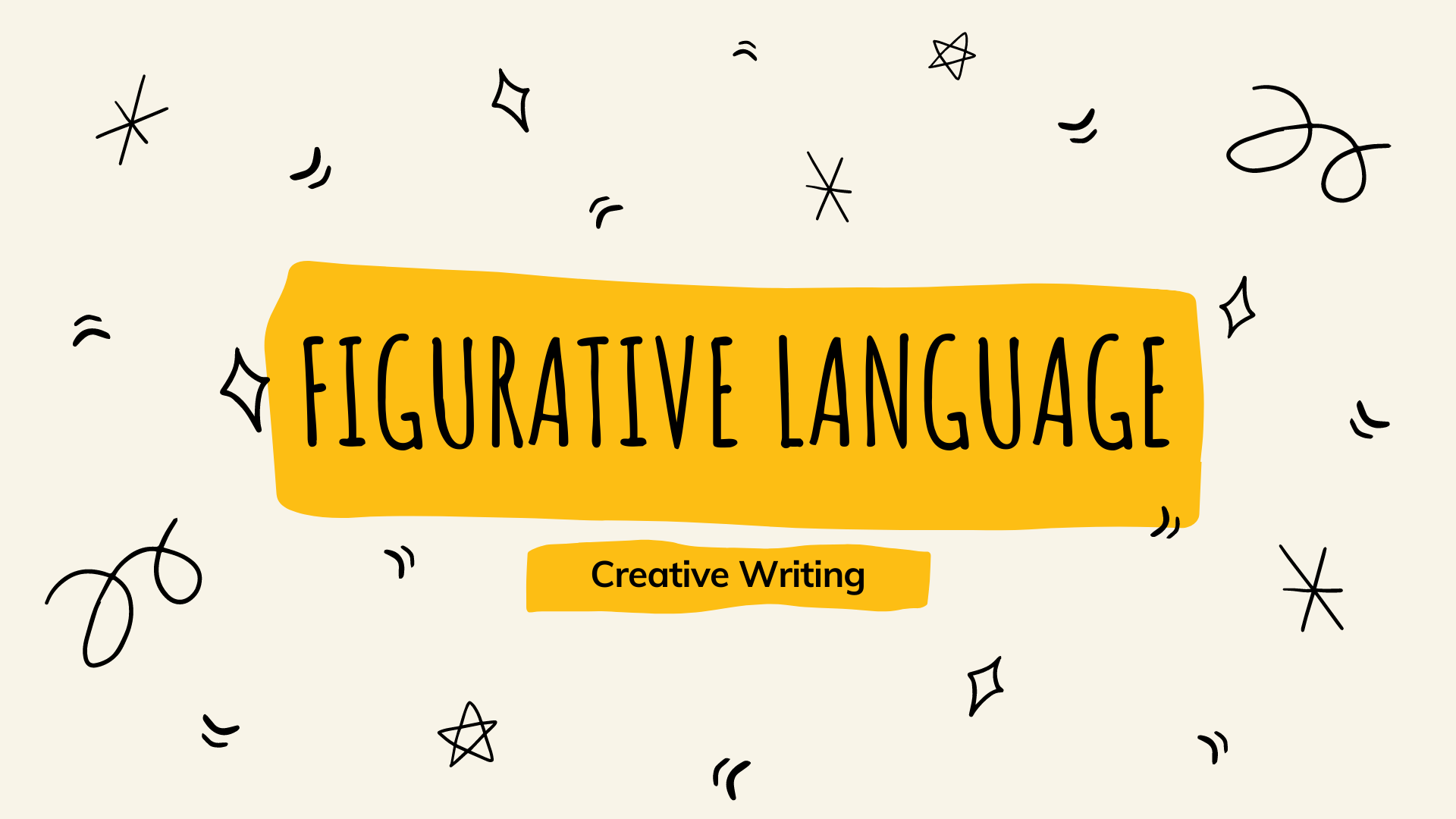Figurative Language and Its Importance
Jan 31,24
Have you ever heard someone say they will go to the moon and back for you when they want to emphasize your value in their life? Don’t worry, they aren’t crazy! They’re just using colourful language to describe the importance you have in their lives and the efforts they are willing to put in for you.
Figurative language can be a bit tricky (like trying to move a big mountain!), so here’s a quick guide to help you understand what it is, why it’s helpful, and how you can use it too. There are many types of figurative language, and we’ll go over five of the most common types with different examples.
What is a Figurative Language?
Figurative language involves using words creatively to convey complex meanings, add vividness to writing, enhance clarity, or make evocative comparisons. It deviates from conventional language structures and meanings. Instead of directly stating something, figurative language uses expressions that carry deeper or more nuanced meanings.
Also, Read – A’s And B’s: The True Story Behind The Letter Grades
Types of Figurative Language
Fiction writers use figurative language to captivate their audience with a more creative and thought-provoking tone, sometimes infused with humour. It elevates fiction writing, making it more interesting and dramatic compared to literal language, which straightforwardly states facts.
There are several types of figurative language commonly used in modern writing:
Simile
A figure of speech comparing two unlike things uses “like” or “as” to create interesting connections.
Example: “The cat sat in the chair like a king overseeing his kingdom.”
“The very mystery of him excited her curiosity like a door that had neither lock nor key.” – Margaret Mitchell, Gone with the Wind
Metaphor
A statement comparing two dissimilar things without using “like” or “as.” The primary distinction between a simile and a metaphor lies in the use of the words “like” or “as.” While similes explicitly compare two things using these words, metaphors do not employ such explicit comparisons.
Metaphors differ from similes in that they don’t overtly acknowledge the comparison; they don’t use “like” or “as.” This lack of direct comparison makes metaphors more figurative and poetic. A reader who takes metaphors literally might mistake them for statements of fact due to their less explicit nature.
Example: “Time is money,” conveying the value of time in earning money.
“The sun was a toddler insistently refusing to go to bed: It was past eight thirty and still light.” —John Green, The Fault in Our Stars
Hyperbole
Hyperbole involves a significant and often unrealistic exaggeration to emphasize a sentiment. For instance, when feeling exceptionally busy, one might say, “I have a million things to do,” or when bored, they might claim, “I have nothing to do.” Although these statements aren’t factually accurate, the exaggeration adds emphasis and makes the sentiment more forceful. An exaggeration to emphasize a point or add humour.
Example: “I would die for you,” expressing intense love without a literal meaning.
Personification
The concept refers to various aspects, including physical attributes like “the eye of the needle,” emotional attributes such as “a single lonely shoe,” or human actions like “a leaf dancing in the wind.” Attributing human characteristics to non-living objects.
Example: “The sun greeted me when I woke up in the morning.”
“Life moves pretty fast. If you don’t stop and look around once in a while, you could miss it.” —John Hughes, Ferris Bueller’s Day Off
Synecdoche
Using a part to represent the whole or vice versa.
Example: referring to a car as “a set of wheels” or using “bread” to denote food or money.
Onomatopoeia
Naming something or an action by imitating the associated sound.
Examples include the hissing and cracking of a fireplace heater, the roaring of a truck engine, or the buzzing of an alarm clock.
Allusion
An allusion is a subtle reference to a well-known person, work, event, or piece of pop culture. These references typically rely on common knowledge, making them understood without the need for detailed explanations.
“Fear’s kryptonite is laughter.” —Richelle E. Goodrich, Slaying Dragons
Also, read – How To Write An Article Review
Significance of Figurative Language
Literal language is essential in certain contexts, such as professional communication, academic papers, or legal documents. However, let’s be honest, in some situations, literal writing can be dull.
On the flip side, figurative language adds excitement and amusement to writing and speeches. Readers or listeners are encouraged to think more deeply, engaging in the material as if solving a puzzle.
Figurative language also serves to simplify complex ideas. Scientists may use it to explain intricate aspects of their research to a general audience. Take Schrödinger’s Cat, a popular thought experiment illustrating quantum mechanic paradoxes. Without figurative language, understanding would require delving into subatomic physics and quantum superpositions. The metaphor makes it more accessible, especially for those without extensive scientific training.
So, if you are learning the figurative language, it will be an adventure for you. If you need any help with that, you can always rely on our expert figurative assignment help service at GoAssignmentHelp





0 responses on "Figurative Language and Its Importance"